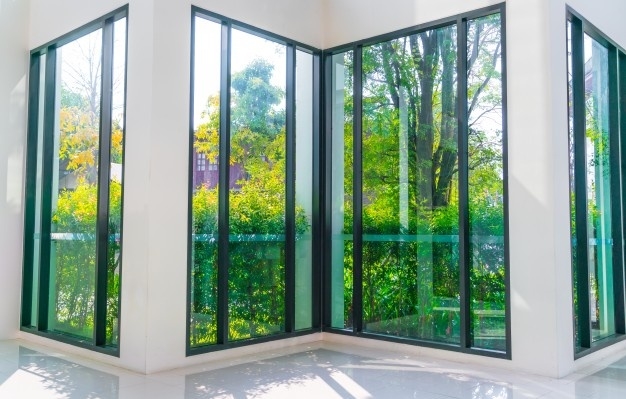A house is more than simply four walls and a place to eat and sleep. It is a place where we form relationships and experience some of life’s most significant events. Everybody is attached and connected to their house in very different ways-close, emotional, safe, warmth, love and security. Windows offer the light and beauty of our house. They make us sense much less confined, even in a small room. A window is a portal to the outside world and helps us to appreciate beautiful things like nature, rain. Here we will highlight the Best Types of Home Window tinting.
One should ensure all safety measures are installed while taking care of a home. Installing a window tint is one of them. Home window tinting can help in reducing the heat entering your house by 80%. Choosing the right window tint is very important for your home. UV rays can fade your wallpapers and interiors. It’s important to keep our house safe and secure, making it very important to install a home window tinting. This protects a house by helping in conserving energy, saves money and helps in maintaining the privacy of the house.
Purposes and Benefits of Installing Residential Window Tints
Different types of home window tints (also known as residential window tints) are available for different functions. Depending on the use, one can select which tints are more required for their house. In summers, window tints can block up to 80% of the sun’s heat, whereas in winters they can retain interior heat. They are usually very affordable to install.
Following are the common benefits of residential window tints
- Reduce UV Rays to enter the house
- Provides safety
- Provide privacy
- Helps in reducing heat
- Add more value to the home
- Helps in reducing glare
- Gives style to windows (decorative tinting)
Types of Home Window Tinting
Here are a few of the most popular home window tinting options to choose from:
Decorative tinting
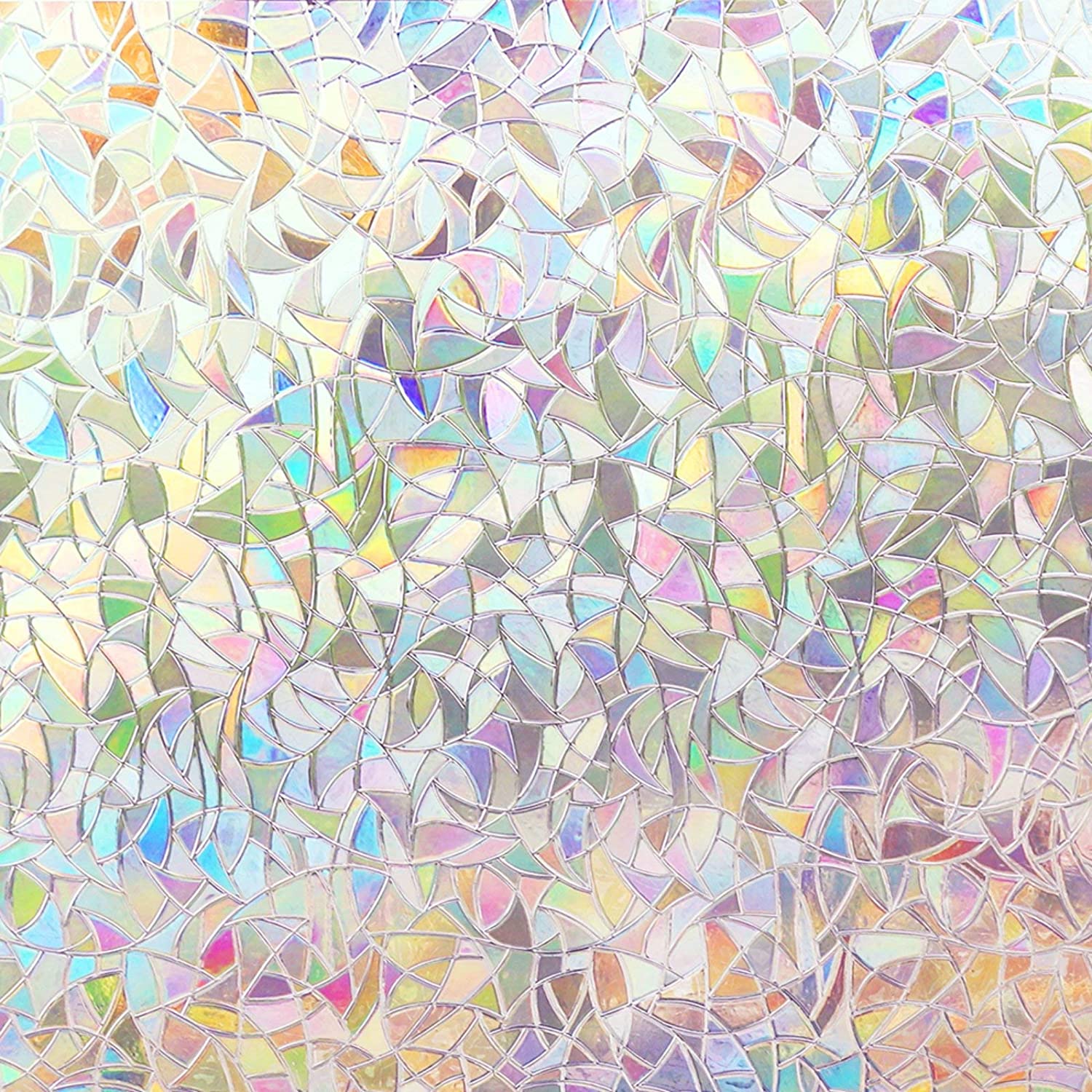
As the name suggests, they are decorative tinting is usually attractive in looking. Also known as dyed tinting, they are the most cost-effective tints for home window tinting. They do not stop UV rays to enter. They help in transmitting the light of the room, making it ideal for privacy purposes. However, they may fade over time. They are available in different designs, shades (colours) and patterns. They help in creating a sandblasted appearance, enabling light to filter in without darkening the room and can beautify a home inside and outside.
Metalized Window Films
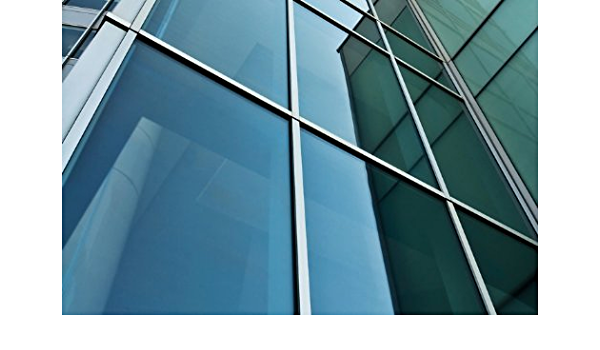
Metalized window films are more substantial in-home window tinting as compared to Decorative tints. As the name suggests, Metalized window films are made of micro metals, unlike decorative tints which are made of dyes. This micro-metals help in reflecting both light and heat away from the windows. They give a shiny appearance of the window from the outside. The metal particles make the tint reflective on the outside. If someone is looking for maximum privacy during day and night, Metalized window films are the best. However, it might interfere with radio and other technology like cell phone signals.
Hybrid films
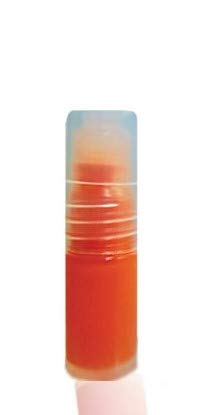
Another type of residential window tints is Hybrid tints. Hybrid films are made with the combination of dyed films and metallic films. They absorb the light and give a dark appearance to the room. The first part of the lens tint is an adhesive layer that sticks to the glass. Then a metallic coat is applied to the film along with a protective topcoat to prevent scratches. Each film is attached using a laminating adhesive. Hybrid films are less expensive than metallic films but more expensive than decorative tints. They don’t interfere with the electronics. They block heat and UV rays.
Carbon Film Tints
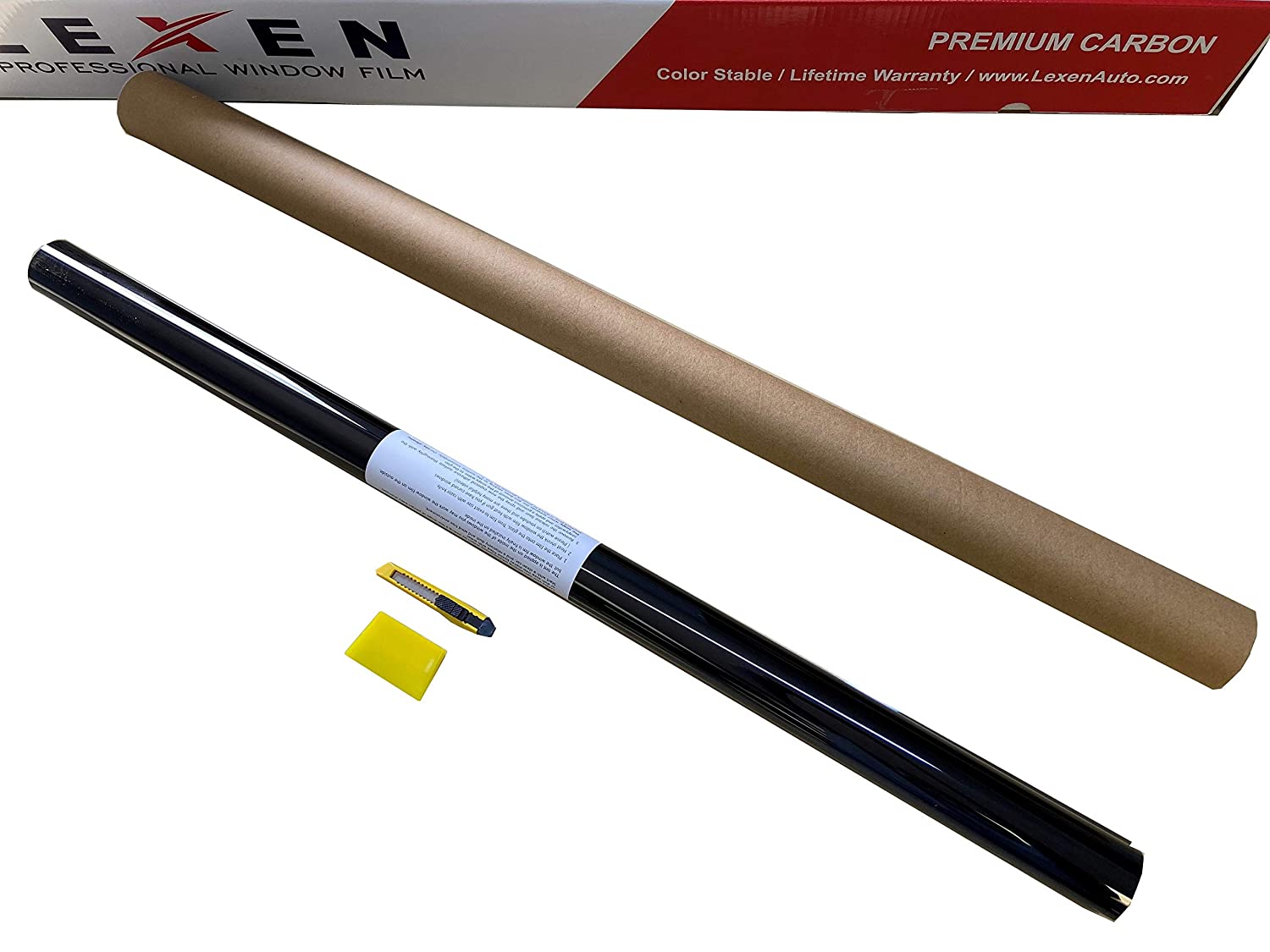
Carbon film tints are non-reflective tints used for home window tinting. They are dark, matt-finish and can be used for windows that do not require privacy. They help in reflecting UV rays, heat and infrared lights that can be harmful to any skin.
Carbon tints are thus suitable for every home as the temperatures will be better regulated. They also help in preventing the curtains and furniture from sun damage. They are usually fade resistant and reduce heat and glare. One disadvantage is that they are expensive as compared to decorative and metallic tints. They too like hybrid tints that don’t interfere with technology. They provide 50% solar energy reduction.
Ceramic Window Films
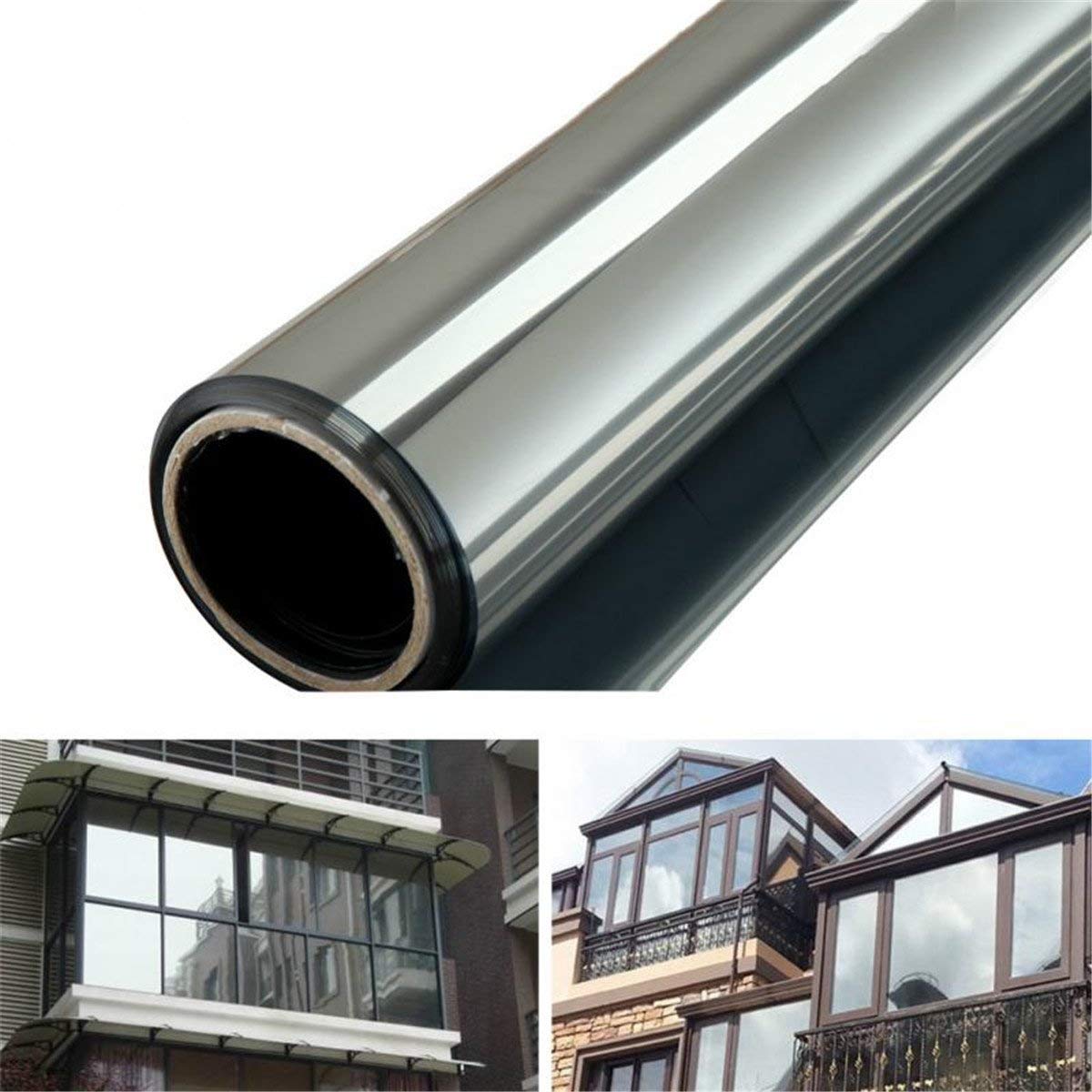
Ceramic window films are far most the most expensive window films. They are made up of micro-ceramic particles instead of metals, dyes or carbons. These window tints are non-reflective and non-conductive due to the qualities of ceramic. They cut out a large portion of the UV rays that enter a residence and reflect infrared light once fitted.
Ceramic tinting will too outlast all other sorts of home window tinting, and it highlights superior glare and blurring resistance. Indeed way better, ceramic tinting upgrades the quality of the windows due to the ceramic particles, making the windows shatterproof. This means that in case of any damage to a window, the glass will break but will not shatter over places. They do not offer much privacy but provide optical clarity. Ceramic window films adsorb twice as much heat as dyed and hybrid versions. They are known to be the most advanced tint technologically.
Also, know the Best Portable ACs available in India in 2021.
Energy Window Tinting
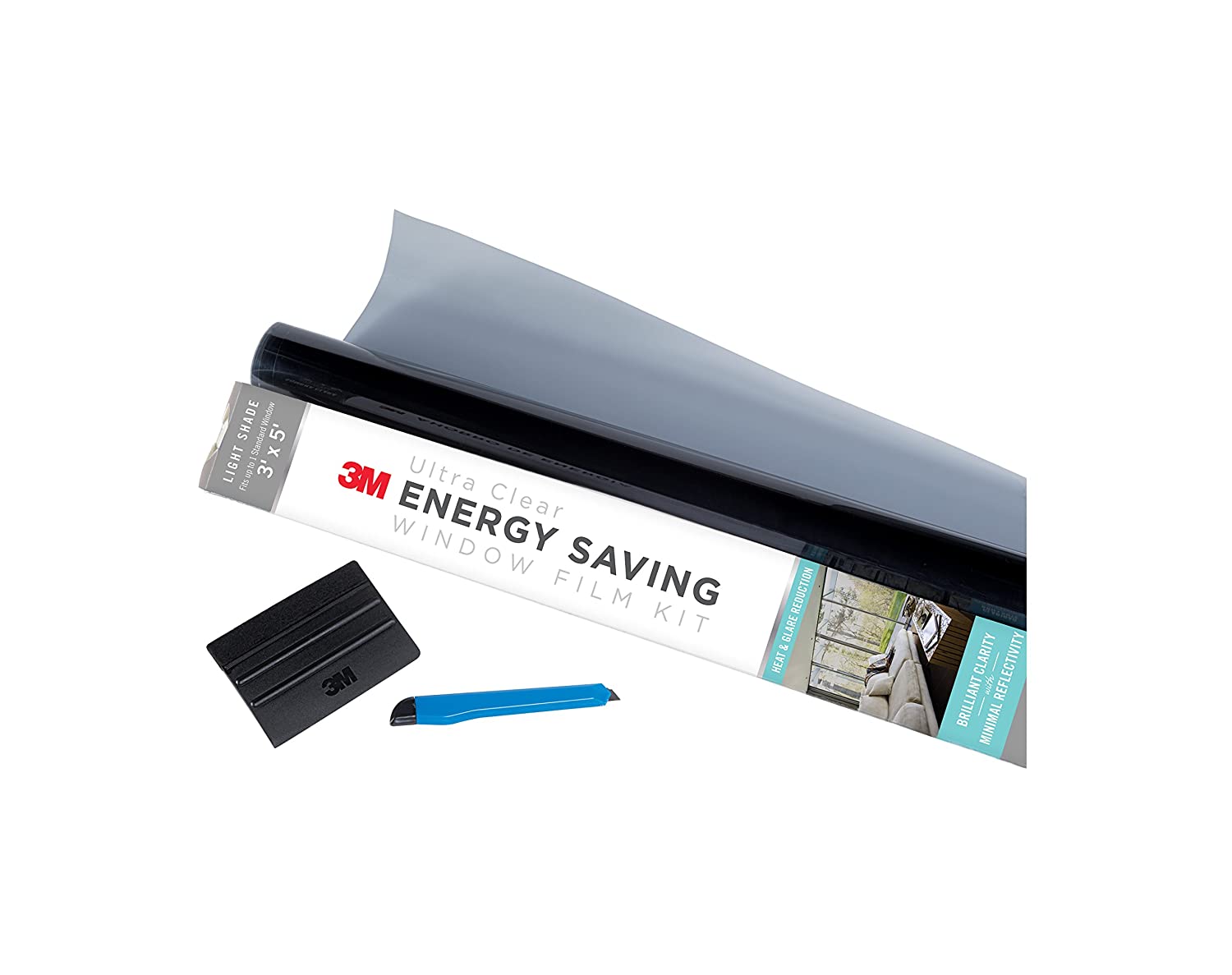
This is great for individuals looking to reduce the amount of heat that enters their home, but not the light. They are usually clear, which means they are not usable for privacy purposes. Their only effective function is to reduce the heat entering the house. These tints can be very helpful for the windows which are usually sun-facing to lower the temperature of the room. An energy window tint can help reduce energy costs by reducing heat and UV rays from the sun.
Privacy frosted window films
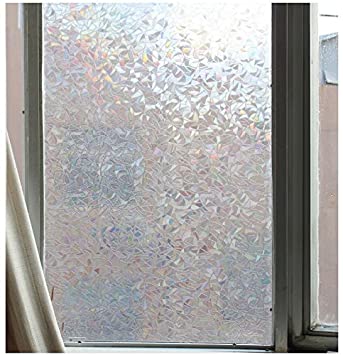
If the windows at home leave you feeling exposed, the best window films for privacy are a simple solution. Privacy frosted window films are usually used in bathrooms and kitchens of houses. They help in maintaining privacy and allow light to penetrate but no one can see outside or inside. They are customizable.
Summing Up
At this point, you ought to know about various kinds of home window tinting and the additional advantages of each. Depending upon the budget and use, one should select the window tint and make an informed decision. Although, ceramic is superior to carbon. As far as quality, numerous customers don’t need the degree of safety that it offers – its shatterproof feature included.
In terms of privacy, both ceramic and carbon are good options. Ceramic window colour is a more exceptional choice than other window tints. However, considering the protection and glare that accompanies it, it’s worth the use. In a perfect world, tints win in terms of quality and durability.
However, we would suggest consulting an interior designer or any other expert. It is essential to get an expert opinion on which window tint should be installed in the house. Which residential window tinting do you think would be useful for your home windows? Or any experience to share?

